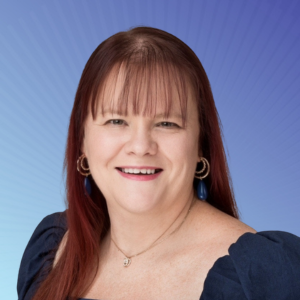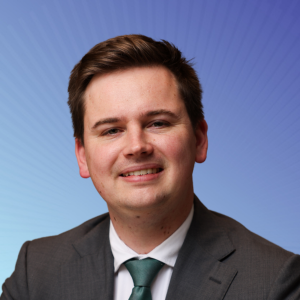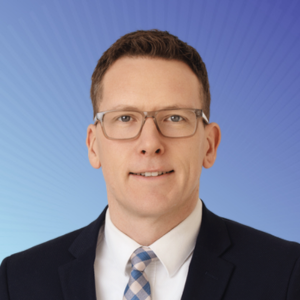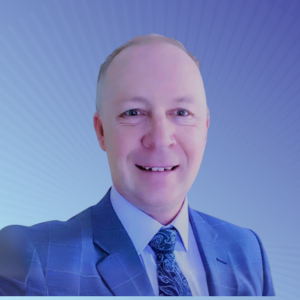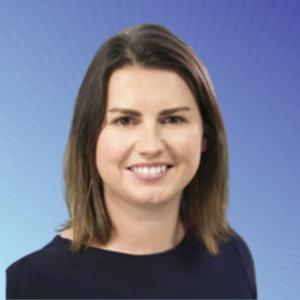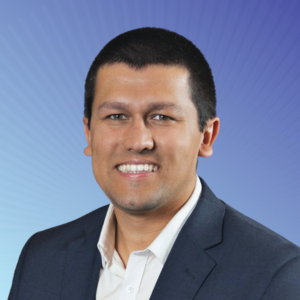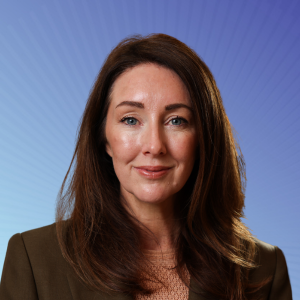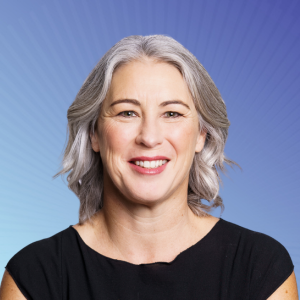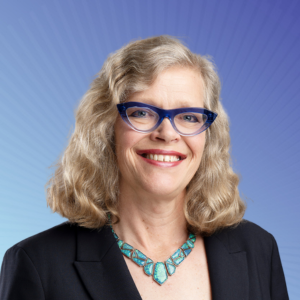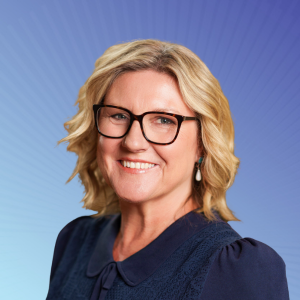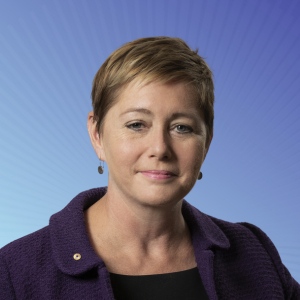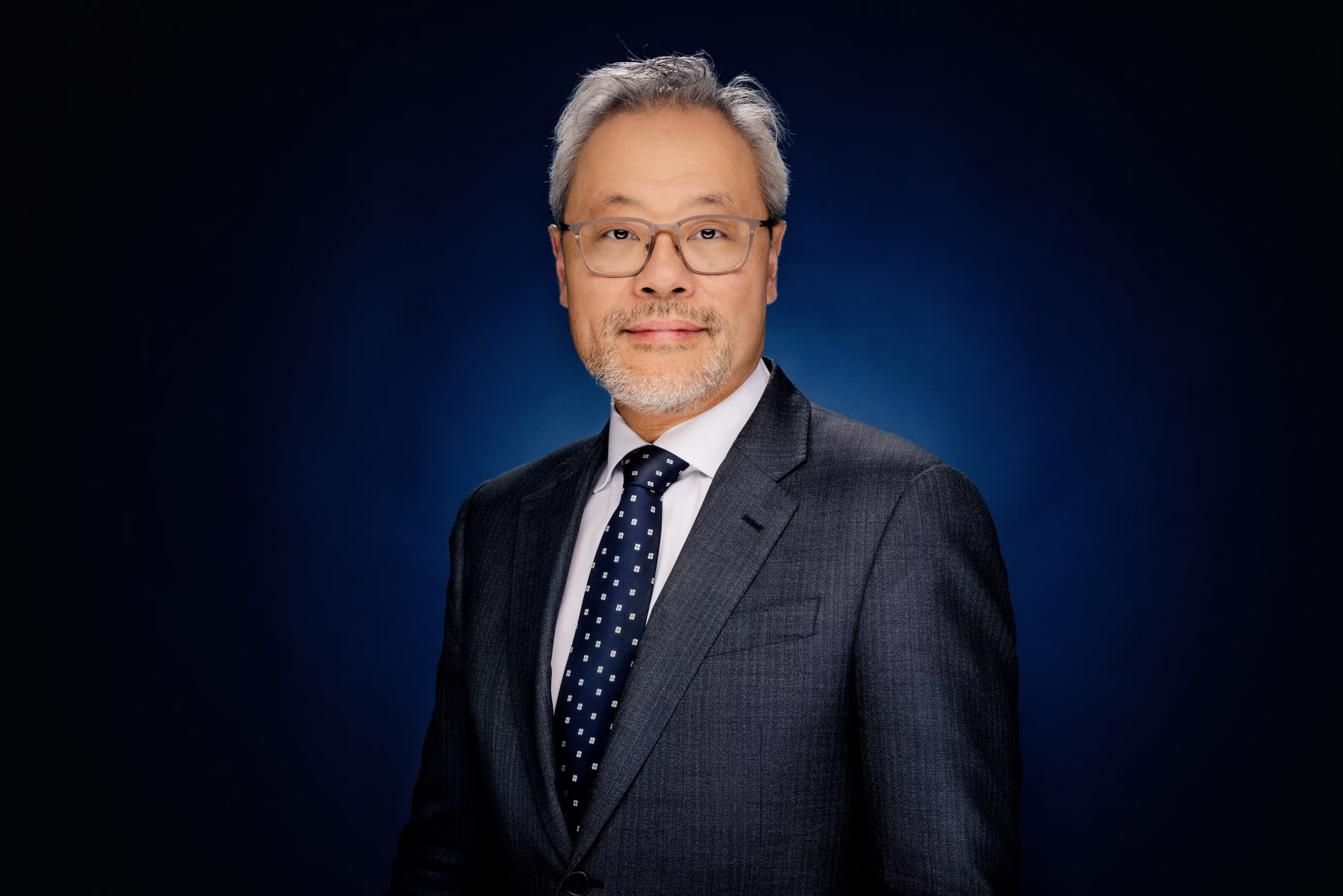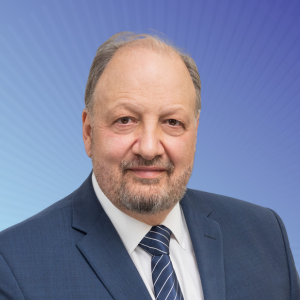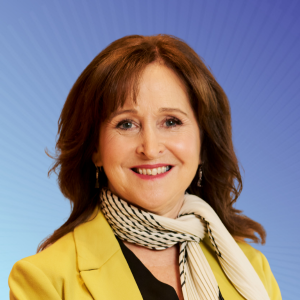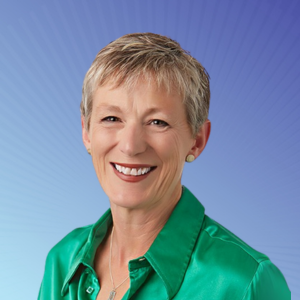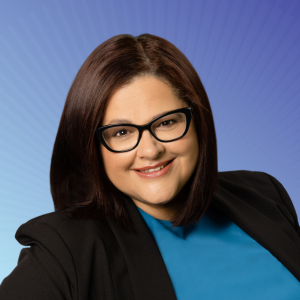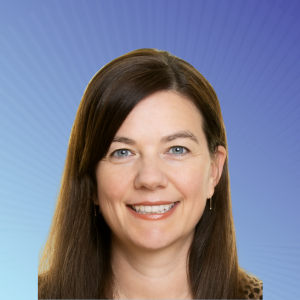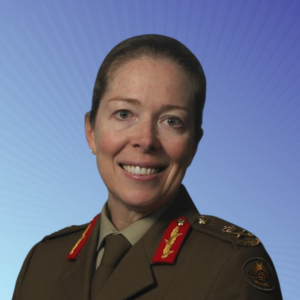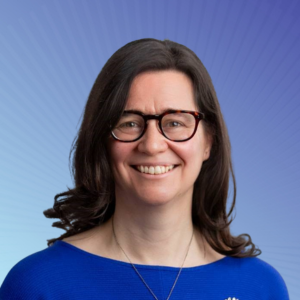Member admin shapes every member interaction and, in the new era of mergers and larger superannuation funds, is set to become a key point of competitive differentiation.
When evaluating the forces reshaping member admin, there are three different approaches to consider: insourcing, outsourcing and hybrid. Each has its strengths and weaknesses; a fund’s ultimate choice will depend on its size and how the fund views its competitive advantages.
Three approaches to member admin
Internal admin (insourcing)
- Greater capital requirements and internal resources
- Higher initial cost outlay
- Long (five-year) timeframe to pay off
- Greater control over service levels
- More cohesive service culture across the fund
External admin (outsourcing)
- Lower upfront costs
- Extra costs could accrue if scope of service is not comprehensive
- Perceived loss of control of the member experience
- Member service is standardised but not a differentiating factor compared to other outsourced funds
- Leverage administrator’s expertise and best practices
Hybrid (both)
- Slightly higher capital requirements and internal resources but lower costs than complete internal administration
- Allows a fund to internalise meaningful points of interaction with the member while outsourcing commoditised member admin functions
- Greater control of service across areas of high member interaction, such as contact centres
Mergers and the changing super landscape
The superannuation industry is now entering a new phase as regulations such as “Your Future, Your Super” (YFYS – which took effect from July 1, 2021) and a more active regulator are prompting a new round of mergers and acquisitions. More than three-quarters of industry assets under management and member accounts are set to be managed by the top 12 funds, which will hold more than $50 billion each once all publicly announced mergers are finalised, according to a recent report by KPMG.
Large funds have the scale to choose any approach to member admin depending on how they view their competitive advantage. Mergers act as a prompt for funds to review their current member admin arrangements and choose the system that will best set them up for long-term success.
Meanwhile, specific regulatory measures such as stapling—which link an employee to their existing super account, mean funds can no longer rely on members following a default option when they start a new job. Instead, funds must create strategies to attract and retain members for life.
Fully insourced admin
An investment in the member experience
Almost half of the funds (46.7 percent) kept their member admin in-house as of June 30, 2020. However, the number is growing as funds look to increase their control over every member touchpoint.
An insourced approach allows a fund to create a unique and consistent member experience, differentiating it from its rivals. Funds can take ownership of member issues and personalise service through their customer relationship management system (CRM) and contact centre. Their website member login and mobile app can also be tailored to suit the fund and its members’ specific needs.
Insourcing costs and benefits to consider
There is a common assumption that an insourced approach is more costly than an outsourced approach, as external service providers can theoretically spread fixed costs across a larger base of clients.
However, this isn’t always the case.
One small-to-mid-sized fund insourcing its member admin recently had a consultant review its in-house member admin costs against an external admin provider. They found the pricing was similar – although this fund had made a substantial investment in its member administration when the fund was formed many years ago.
The move to self-administration takes at least five years to make the heavy Capex requirement pay off. However, internal teams are more likely to understand the organisation’s culture, while outsourced service providers may charge separately for out-of-scope work.
The mega-fund insourcing trend
Larger funds and the decision to insource member admin can impact member fees.
In 2021 Aware Super cut its flat-rate administration fee, attributed to greater scale flowing from its merger with VicSuper.
Spirit Super, which resulted from the merger between MTAA Super and Tasplan, is a smaller fund that also decided to insource its member admin. As a result, the fund capped its total annual admin fee and cut its weekly fee from $1.50 to $1.30 on April 1, 2021.
“This was a direct result of our increased membership numbers and moving all administration and processes in-house,” Spirit Super Chair Naomi Edwards wrote in the fund’s annual report.
Many larger funds have already been insourcing other activities, such as funds management and financial advice.
Fully outsourced admin
Cost-effective and efficient
Just under half of the funds (about 44 percent) by member accounts fully outsourced their admin as of June 30, 2020.
Outsourcing member admin traditionally offers the lowest upfront investment cost and the fastest timeline to implement new services. In addition, it can help funds adapt to the flood of regulatory change, given an outsourced administrator can spread the cost across multiple clients.
However, an outsourced lower-cost service presents a false economy if members find they are transferred multiple times through a call centre when requesting information or making changes to their investments and insurance.
The pressure of the COVID-19 pandemic hitting in March 2020—and the early super release scheme that followed—put enormous pressure on some outsourced service providers, especially those with offshore operations.
Large versus small funds: the cost factor
Many large funds have fully outsourced their member admin in the past but are reconsidering their approach as mergers and strong inflows create newfound scale.
Large funds can make the capital investment required to build up internal member admin teams as part of a long-term plan. These efforts can provide another point of competitive differentiation, given a fully outsourced approach tends to result in a similar member experience between funds.
Many mid-sized and smaller funds without the capital to invest have traditionally outsourced their member admin activities to reduce costs. But to reap these benefits, it’s crucial to define the terms of the contract and services clearly. While the core service may be cheap, ancillary services that prove necessary as the fund grows can quickly rise.
Trustees can no longer outsource risk
APRA has redefined the way super funds manage operational risk in recent years.
Historically, funds could outsource risk to their service providers, who would be liable under contracts for any issues, such as a cyber-security breach.
However, APRA’s Prudential Standard CPS 234 has made it clear that a fund cannot outsource IT risk – it remains with the trustee. The new requirements took effect from July 1, 2019, and aimed to raise cybersecurity standards as attacks on trillions of pension assets worldwide increase.
The hybrid approach
Combining outsourced and insourced approaches
Many funds are taking a hybrid approach—outsourcing transactional admin functions while insourcing higher-value member interactive functions. The trend reflects a shift among administrators to become a vital but clearly defined fund partner rather than an all-encompassing supplier of their core operational capability.
Any service with a meaningful point of interaction with the member, such as complaints handling or insurance claims, can be brought in-house.
This hybrid model, which can be adopted over time, theoretically offers the best of both worlds by combining the low, upfront cost and consistency of outsourcing while boosting quality and control through insourcing.
The most popular component funds have brought in-house is the contact centre, taking greater ownership of their member relationships. The extra cost of running an in-house contact centre can be partially offset through greater automation rather than offshoring. The more commoditised member admin functions, such as transaction processing, can still be outsourced.
Similarly, larger funds may outsource some of the more complex processes required for legacy defined benefit plans rather than building in-house capacity. This is a rising issue as funds grow quickly through mergers and take on legacy products. For example, the main ongoing defined contribution default fund could be kept in-house.
Even funds that have internalised their member admin functions are likely to have a partially hybrid approach, particularly with technology. For example, many funds will have to decide when it comes to technology whether to host it on premises or use a cloud-based approach, which can result in faster software updates.
Superannuation Digital Operations enabled by SS&C Technologies
Between ongoing regulatory reform and rising administrative costs, super funds can spend too much time on processes and less on their members.
This is where SS&C Technologies can help.
SS&C’s Digital Operations model for super funds is built on a highly automated business processing administration platform that leverages industry best practices, backed by SS&C’s global expertise in retirement solutions. Whether you choose insourcing, outsourcing or a hybrid approach, SS&C’s solutions and services are designed to relieve a substantial administrative burden – so super funds can focus on optimising member outcomes.
Working with SS&C brings the benefits of:
- increased flexibility and agility to adapt to change
- greater automation to drive efficiency and reduce costs
- omni-channel digital interaction capabilities to differentiate the member experience and improve engagement with friction-free self-service
- IT and business process outsourcing options that complement your internal resources while freeing staff to focus on servicing members
- improved compliance readiness and reduced operational risk
- global capabilities with experience delivering retirement solutions in Australia, the UK and the US.
Significantly, SS&C can speed transition into this highly automated environment. With pre-configured business process automation, operational dashboards, reports and member engagement tools, you’ll be up and running quickly, with minimal disruption for your members.
SS&C offers a unique combination of automation technology and business process expertise to navigate the changing superannuation landscape.
To find out more on SS&C’s Digital Operations for Superannuation Funds, click HERE.
Sponsored content by SS&C Technologies





